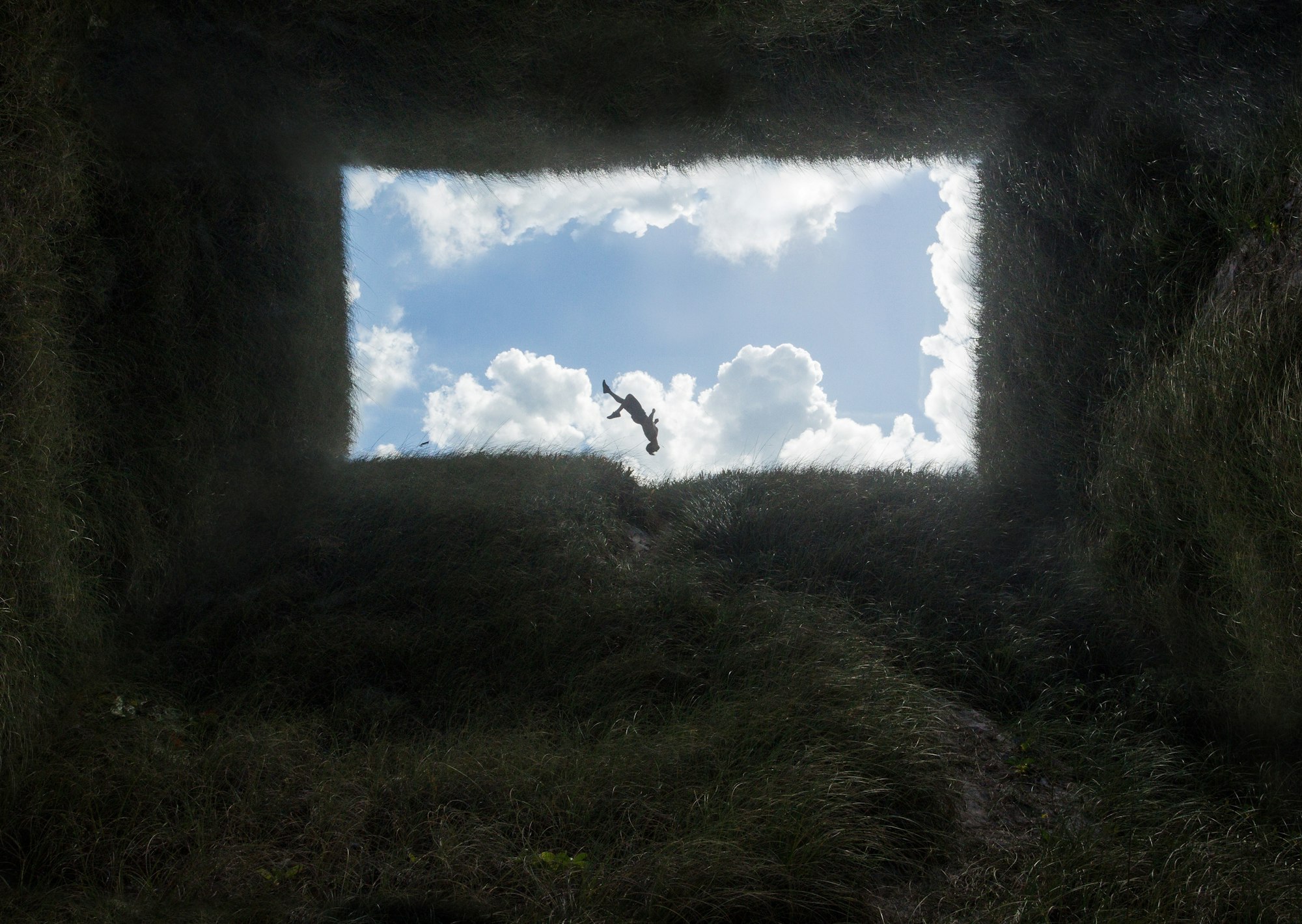How AI Shapes Modern Surrealism
Artificial intelligence is bringing a fresh twist to surrealism, making waves in the digital art scene with images that push the boundaries of what art can look like. These AI creations, which you might see on social media sites like Facebook, mix the bizarre with the uncannily accurate, making us question what’s real and what’s not.

What AI-Generated Surrealism Looks Like
AI-generated art often shows us strange scenes—like kittens with missing limbs using crutches, strawberries turning into frogs, or weird mixes of humans and animals. These images make us think about the limits of what machines can create and whether this new type of art is just an extension of old surrealism or something completely different.
How People Feel About This New Art
Some people might just scroll past these AI images, seeing them as digital oddities, while others find real artistic value in them, sparking debates about where art is headed.
The Emotional and Social Impact
These images can make you laugh, cringe, or even feel a bit uncomfortable, showing how powerful they can be in stirring emotions. They also test how well we can tell real from fake, a crucial skill in our digital world.
The Bigger Picture in Philosophy and Art
Philosophers and art critics are really diving into what AI art means for the future. They’re asking big questions like whether these machine-made pieces should even be called art, especially when they challenge our traditional ideas of creativity and the human touch in art.
Art Meets Technology
As AI and art come together, we’re forced to rethink what makes something a piece of art. Is it still art if there’s no human emotion behind it?
The Business Side and Moral Questions
AI art isn’t just about culture; it’s also about money. It’s easy to create and share, which brings up issues like who owns the art and how original it is. This could change how we think about art’s value and impact the livelihood of human artists.
What This Means for Artists
With so much AI art out there, human artists might find it harder to stand out, potentially changing how art is made and sold.
Dive into the fascinating intersection of AI and art with this exploration of AI-generated surrealism. This article breaks down the visual features, public reactions, deep discussions, and ethical considerations of this growing trend in art.

Frequently Asked Questions About AI-Generated Surrealism
- What exactly is AI-generated surrealism?
AI-generated surrealism is a form of art created by artificial intelligence that explores surreal, often bizarre imagery that challenges our understanding of reality. These images can include anything from fantastical creatures to impossible landscapes, created by algorithms that learn from vast amounts of digital art and generate their own unique versions. It’s a fascinating blend of technology and imagination, pushing the boundaries of what we traditionally consider art. - Why do people have such strong reactions to AI-generated art?
AI art often elicits strong emotions because it can be both intriguing and unsettling. The unusual, often otherworldly scenes created by AI can amuse us, make us uncomfortable, or even inspire awe. This art form forces us to confront the unfamiliar and examine our own perceptions of art and reality. Moreover, it raises important questions about authenticity and creativity, which can stir deep feelings and debates among viewers. - Will AI-generated surrealism affect the future of human artists?
Yes, AI-generated surrealism might have a significant impact on human artists. While it opens up new possibilities for creativity and expression, it also introduces challenges regarding the value and uniqueness of human-made art. Some fear it could overshadow traditional artists, but others see it as a tool that artists can use to enhance their own creativity. The relationship between AI and human artists is complex and continues to evolve, shaping the art landscape in unforeseen ways.
Sources The Washington Post


